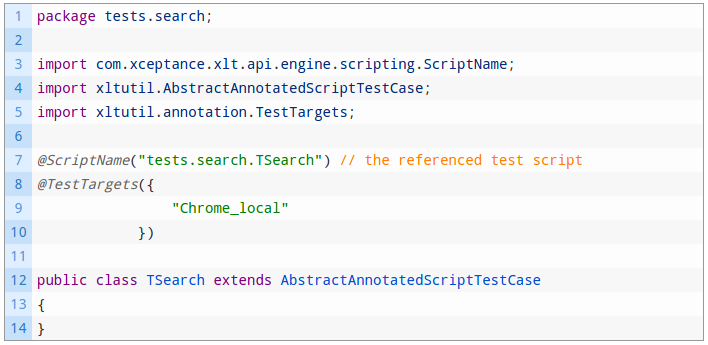XLT 4.8 is primarily a technology update release, but also comes with some new features.
First and foremost, XLT now ships with Selenium 3, the new version of the WebDriver library. All other core libraries have been updated as well. This also includes HtmlUnit for an improved browser emulation. Beginning with this release, XLT requires Java 8 to run.
The XLT framework also comes with some functional improvements. XLT now supports OperaDriver out of the box and can run FirefoxDriver in either the new Marionette mode using geckodriver or in the “old” legacy mode. When you drive Firefox via XltFirefoxDriver, you will get a much more detailed result browser now, with almost the same request and response details that you already know from XltDriver. Any values that you programmatically add to the newly introduced value log of a session are shown in the result browser as well. Furthermore, most of the XLT framework properties can now be configured not only globally, but also specifically for a certain test scenario.
For load testers, there is something in the box as well. If you use the AWS EC2 cloud a lot, you will be glad to hear that the new AWS data center in Ohio is now fully supported. The load test report has been tuned to become usable much faster, even with lengthy pages such as the Requests page.
Last but not least, the Poster Store demo application and the XLT Jenkins Plug-In have both been updated. If you ever wanted to load-test your WebDAV server, there is now a new demo test suite for that.
Sounds interesting? More details can be found in the release notes of XLT 4.8.




